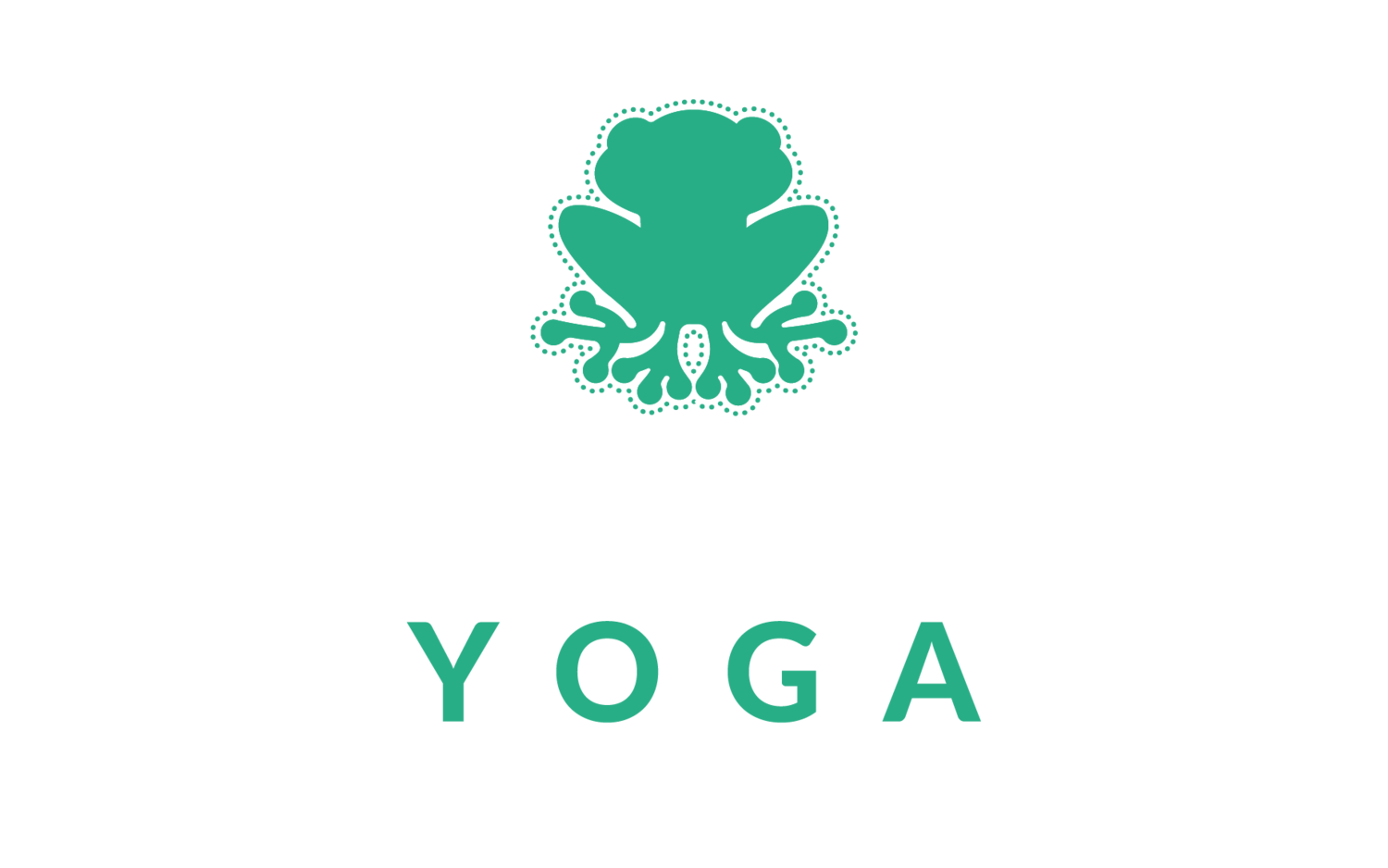Bunions
Yes I know it’s Sunday morning and most people are weirded out by feet especially before 8am but come on, hands up, who has a bunion??
Whose big toe is pointing inwards rather than forwards??
I have worked with numerous clients who struggle with bunions and pain around their feet and toes which the medical teams have said….”SURGERY….ITS THE ONLY OPTION…..CUT THAT FUCKER UP!!!”
Ok maybe they didn’t use that language or shout it but that’s their basic gist.
Far to often the idea is just to cut and shut things which don’t look/feel right…but what if that bunion is there for a reason?
The body is bloody clever and will not do things without a good cause or reason and when it comes to the feet, they are no exception.
The big toe (along with every other stucture in the foot) should constantly be moving in 3 planes of motion throughout the gait cycle. There should be up and downy movements, left and righty movements and round and rounds movements (those aren’t the technical terms)
So what if you hurt some part of the foot and it stops moving properly? Could another part of the foot start to have to move more to make up for the lack of movement in that part?
Well yes.
The movement seen at the 1st toe joint is actually an exaggerated version of what should happen when our foot pronates (which it should do every step we take) but due to issues within the foot or body is unable to stop doing it.
If your foot cannot probate, your body may well try one or more of a bunch of things to try to get the same loading of tissues that is required for effective efficient movement…and abduction (the big toe moving towards the second toe) is one such option it can take.
It’s like it’s trying to say “LOOK IM PULLING THIS FUCKING TOE IN THIS DIRECTION…WHEN IS THE REST OF THE FOOT/LEG/BODY GOING TO FOLLOW!!!!”
Without use understanding the 3 dimensional movement of the foot and working to improve how the foot moves as a whole, cutting the bunion back and just pulling the toe straight NEVER gets to the root cause of the issue. So guess what, the toe returns back to the same space again asking the same question
“SERIOUSLY GUYS….LOOK IM PULLING THIS FUCKING TOE IN THIS DIRECTION FOR A LEGITIMATE REASON, LISTEN TO ME THIS TIME…WHEN IS THE REST OF THE FOOT/LEG/BODY GOING TO FOLLOW AND GIVE ME A FUCKING BREAK FROM DOING ALL THE PISSING WORK DOWN HERE!!!!”
So the moral of the story is that your body is WAY cleverer than you are. Admit it, accept it and begin to learn from it.
A bunion is there to tell you something needs to change in the way you move your feet and body. That pain it’s causing is asking you, not so politely, to take some interest in understanding how this wonder of evolution that we stroll about in works and functions and to give it some better inputs.
If you have a bunion and you have been told that it needs surgery, before you go down that route, hit me up, surgery should always and only ever be a last resort.
Let’s work together to make you feel better in your feet so you can spread the word and we can take a whole heap of pressure off the NHS by stopping do so many needless operations.
Remember I work in person and online both equally successfully so no reason to not let me help you learn more about your feet and get them moving better for less pain.




